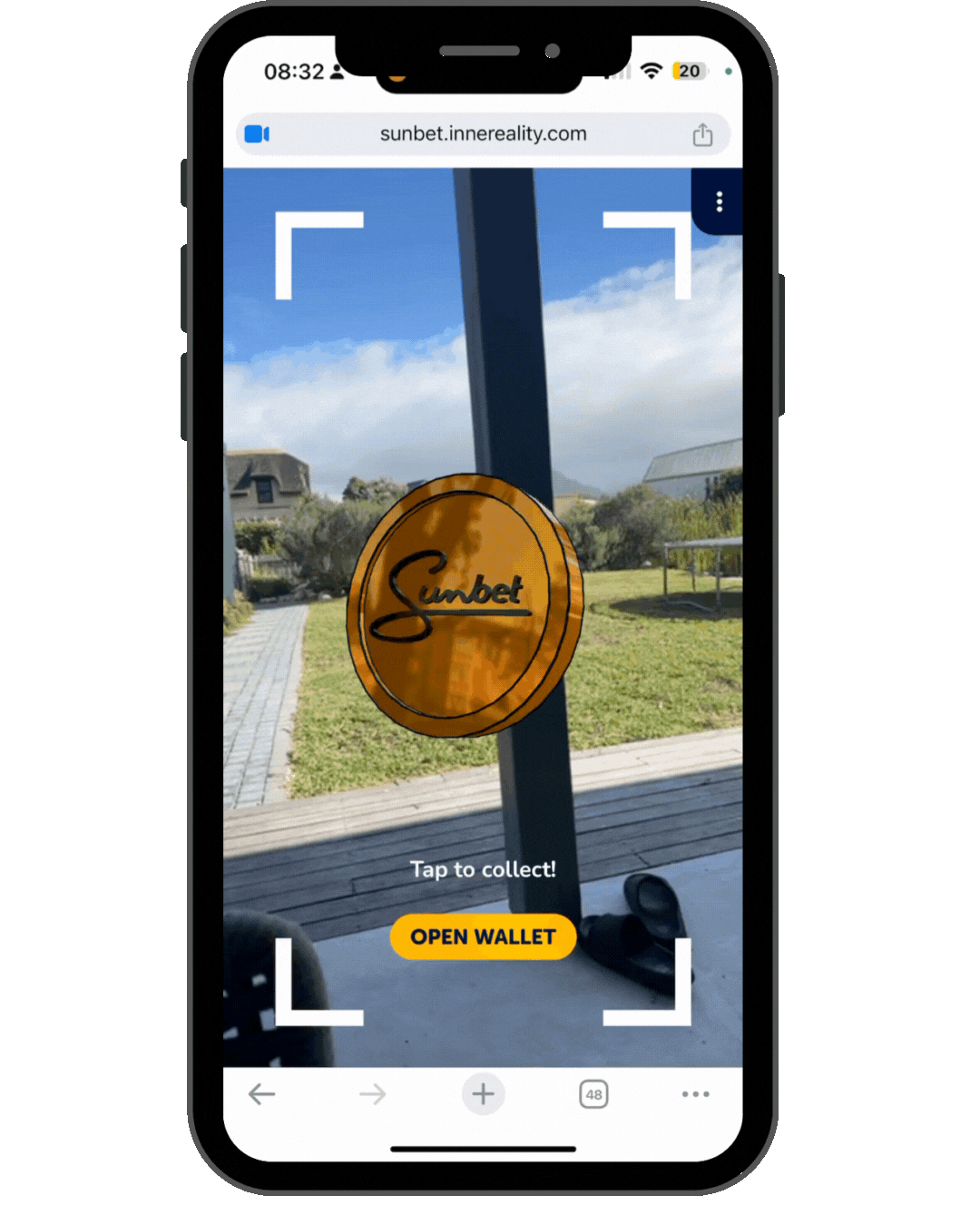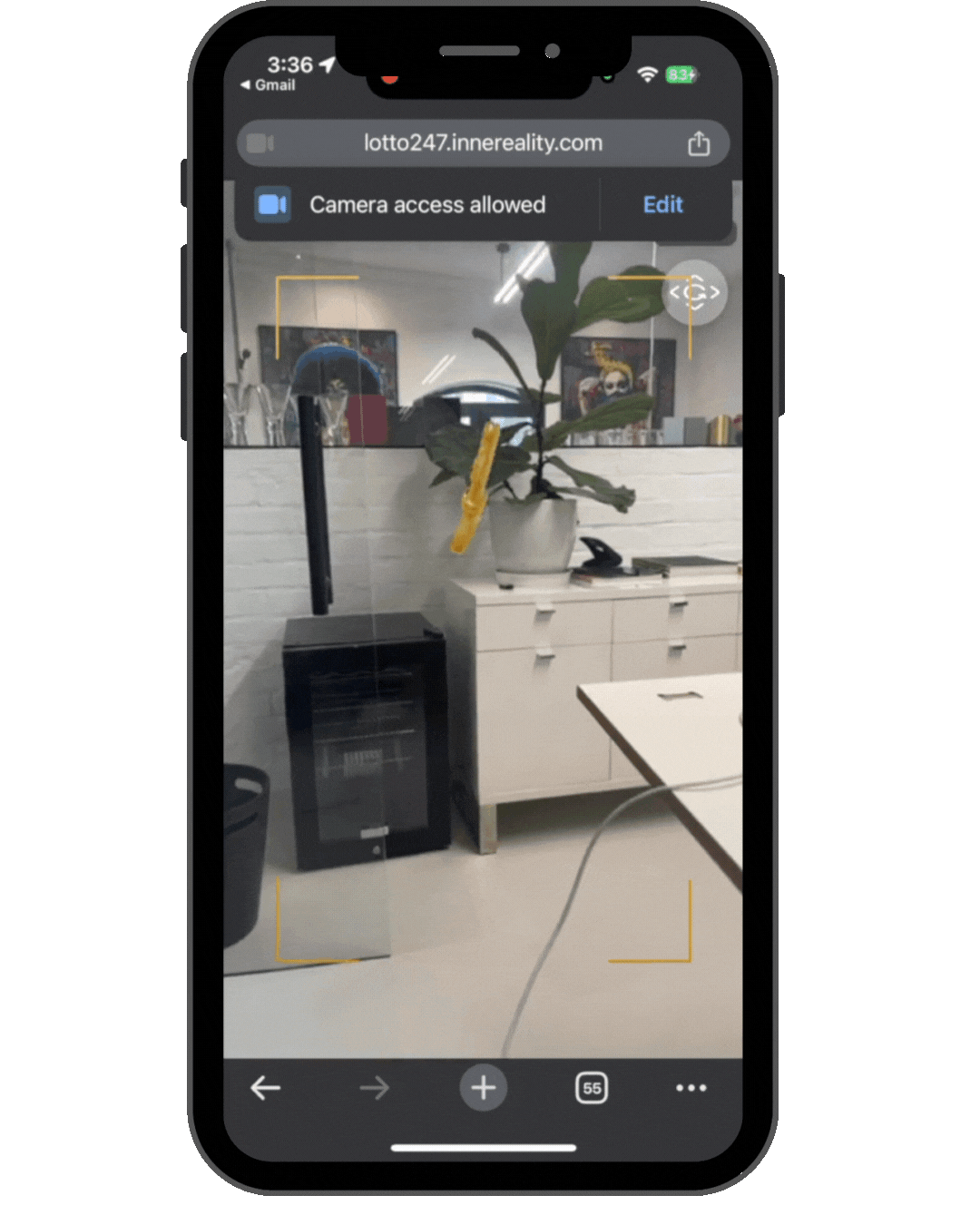This article explores how Pokémon Go created one of the most addictive digital experiences of the last decade, and how brands can apply the same principles through AR and gamification.

What Is Pokémon Go?
Pokémon Go is a mobile game that uses GPS and augmented reality to let players find and catch virtual Pokémon in real-world locations. Released in 2016 by Niantic, it quickly became one of the most addictive digital experiences and engaging AR games to date. Players explore their surroundings to find and catch Pokémon, unlock rewards, and complete challenges, all within a real-time loop of movement, discovery, and collection (Pokémon).
Why We Can’t Stop Catching Them All
Pokémon Go didn’t just launch a popular game, it kicked off one of the most addictive digital experiences the world had ever seen, creating a behaviour loop that millions couldn’t put down.
Its success lies in how it blends psychology with design. The game is structured around collection, progression, and reward, all backed by a deep understanding of how to capture and hold attention. At launch, players were averaging more than 43 minutes a day in the app, an exceptional level of engagement for mobile (Wired).

So, how did they build this?
The hook starts with collection. The human brain naturally seeks completion. Whether it’s trading cards or digital tokens, the satisfaction of finishing a set is powerful. Pokémon Go leveraged this instinct, making each catch feel meaningful. This taps into the compulsion loop, a behavioural cycle of anticipation, action, and reward (Jamie Madigan, The Psychology of Games).
Micro-rewards reinforce this loop. Every spin of a PokéStop, XP gain, or evolution gives users a burst of validation, encouraging them to keep playing.
What elevates it further is how the game connects digital action with real-world movement and social interaction. Players aren’t just looking at a screen. They’re walking, exploring, competing, and sharing, all of which reinforce engagement through visibility and a sense of progress in the physical world.
So when you combine:
- Collection and progression
- Reward anticipation
- Physical movement and discovery
You don’t just have a game. You have a behavioural loop people return to again and again.


How Inner Reality Ltd Builds on the Pokémon Go Model
At Inner Reality, we build addictive digital experiences that use the same behavioural mechanics that made Pokémon Go so engaging, and turn them into tools for brand growth.
Our AR gamification campaigns use digital collectibles, location-based triggers, and reward systems to keep people engaged. Through our web-based AR platform, users collect virtual assets, unlock content, and interact with branded moments that are designed to be explored.
No downloads are needed. Our no-app-required augmented reality experiences activate directly in the browser, and are triggered by real-world locations.
Each interaction is meaningful and measurable. Brands gain insight through first-party data collection, capturing real-time engagement that can inform follow-up, personalisation, and strategy.
It works.
We’ve seen campaigns deliver up to 90% engagement rates and 10× conversions.


Why This Matters Right Now
Attention spans are shorter than ever, now averaging just 8.25 seconds (Webwise.ie). Passive content simply isn’t built to compete.
But gamified, interactive experiences are. Studies show up to 150% higher engagement and 25% greater retention when brands use reward-based digital experiences (Amplifai, arxiv.org).
This is exactly why we design campaigns that combine immersive AR experiences with game logic, giving users a reason to engage, move, share, and return.
See it in Action: Burger King X Pepsi
In a campaign for Burger King and Pepsi, we built an interactive AR brand activation.
Users hunted for virtual tokens across South Africa, unlocking real-world rewards like free Whoppers and limited-edition NFTs. The results speak for themselves:
- Over 250,000 plays
- 70% in-store redemption rate
All delivered through a geo-location AR marketing campaign, without a single app download.
Conclusion: Pokémon Go Isn’t Just a Game. It’s a Framework.
Pokémon Go showed us that the right mix of collection, reward, and real-world interaction can turn casual users into loyal participants.
At Inner Reality, we bring that same structure to branded experiences, with AR gamification campaigns, interactive AR brand activations, and AR loyalty program solutions to deliver content people want to engage with.
If you’re ready to move away from passive content and build something users remember, we’re ready to help, get in touch.



